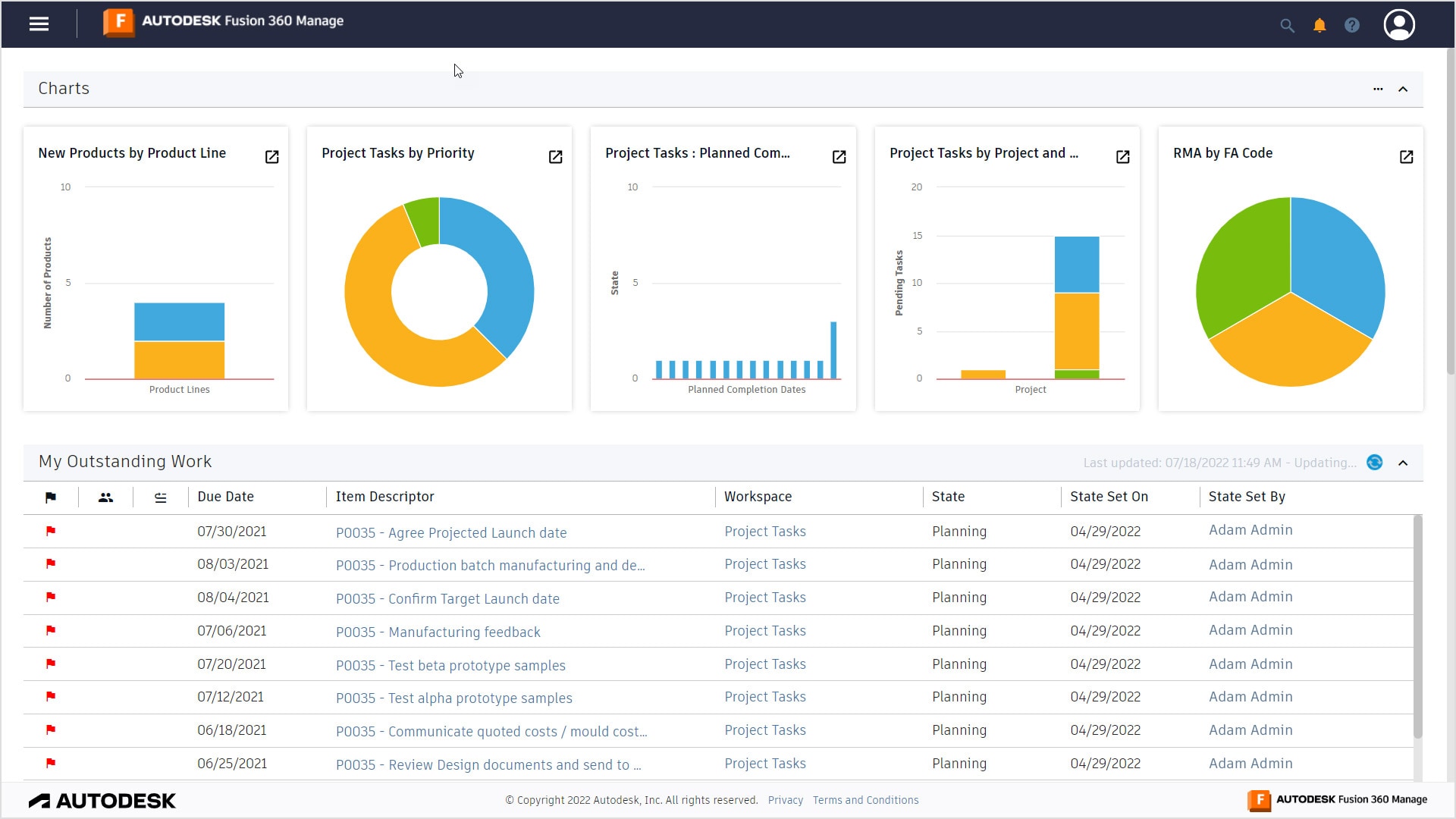
Upchain: Complete Buyer's Guide
AI-powered solution for ecommerce businesses
Upchain is a cloud-based Product Lifecycle Management (PLM) platform that positions itself as an AI-powered solution for ecommerce businesses, though our analysis reveals a fundamental disconnect between marketing claims and actual capabilities.
Market Position & Maturity
Market Standing
Niche position in the PLM market, with Gartner positioning as a 'Niche Player' in 2024 manufacturing cloud solutions [39][43].
Company Maturity
Operational maturity through documented customer implementations spanning multiple years, including SFC Solutions' 2021 migration and ongoing Urban Accessories deployment [47][54].
Growth Trajectory
Steady customer growth within its manufacturing niche, though specific revenue or customer metrics remain undisclosed.
Industry Recognition
Limited third-party validation beyond Gartner's niche player classification.
Strategic Partnerships
Autodesk acquisition adds uncertainty regarding long-term strategic direction.
Longevity Assessment
Potential concerns for buyers evaluating long-term vendor viability due to Autodesk acquisition.
Proof of Capabilities
Customer Evidence
Urban Accessories (metal fabrication) achieved 40% faster design change resolution and 30% reduction in engineering labor costs [47][42]. SFC Solutions (automotive components) completed their Windchill-to-Upchain migration in 10 weeks [54].
Quantified Outcomes
Urban Accessories reported 40% faster design change resolution and 30% reduction in engineering labor costs [47][42].
Case Study Analysis
SFC Solutions' migration required 3 FTEs over 10 weeks with 78% of attribute values requiring remapping [54].
Market Validation
Customer testimonials highlight ongoing platform usage, suggesting sustained customer satisfaction within the manufacturing customer base.
Competitive Wins
Advantages over Arena PLM for engineering collaboration due to 3D CAD viewing and markup capabilities [39][42].
Reference Customers
Urban Accessories and SFC Solutions represent discrete manufacturing rather than ecommerce retail operations.
AI Technology
Marketed 'AI capabilities' largely represent rules-based automation rather than genuine machine learning [39][51].
Architecture
Item-centric architecture with direct ERP integration points, offering advantages over traditional file-centric PDM systems [48][54].
Primary Competitors
Arena PLM, PTC Windchill, and Siemens Teamcenter [39][45][54].
Competitive Advantages
3D CAD viewing and markup capabilities provide advantages over Arena PLM for engineering collaboration [39][42].
Market Positioning
Niche player status per Gartner reflects focused market positioning rather than broad competitive leadership [39][43].
Win/Loss Scenarios
Wins when organizations prioritize CAD-centric collaboration and cloud-based deployment. Loses when buyers need high-volume SKU management or native ecommerce integrations [39][51].
Key Features

Pros & Cons
Use Cases
Integrations
Pricing
Featured In Articles
Comprehensive analysis of Product Lifecycle for Ecommerce for Ecommerce businesses and online retailers. Expert evaluation of features, pricing, and implementation.
How We Researched This Guide
About This Guide: This comprehensive analysis is based on extensive competitive intelligence and real-world implementation data from leading AI vendors. StayModern updates this guide quarterly to reflect market developments and vendor performance changes.
55+ verified sources per analysis including official documentation, customer reviews, analyst reports, and industry publications.
- • Vendor documentation & whitepapers
- • Customer testimonials & case studies
- • Third-party analyst assessments
- • Industry benchmarking reports
Standardized assessment framework across 8 key dimensions for objective comparison.
- • Technology capabilities & architecture
- • Market position & customer evidence
- • Implementation experience & support
- • Pricing value & competitive position
Research is refreshed every 90 days to capture market changes and new vendor capabilities.
- • New product releases & features
- • Market positioning changes
- • Customer feedback integration
- • Competitive landscape shifts
Every claim is source-linked with direct citations to original materials for verification.
- • Clickable citation links
- • Original source attribution
- • Date stamps for currency
- • Quality score validation
Analysis follows systematic research protocols with consistent evaluation frameworks.
- • Standardized assessment criteria
- • Multi-source verification process
- • Consistent evaluation methodology
- • Quality assurance protocols
Buyer-focused analysis with transparent methodology and factual accuracy commitment.
- • Objective comparative analysis
- • Transparent research methodology
- • Factual accuracy commitment
- • Continuous quality improvement
Quality Commitment: If you find any inaccuracies in our analysis on this page, please contact us at research@staymodern.ai. We're committed to maintaining the highest standards of research integrity and will investigate and correct any issues promptly.